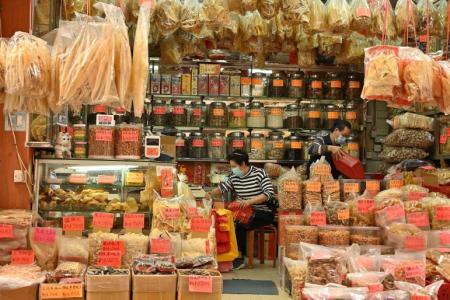All you need to know about premium dried seafood
Stocking up for Chinese New Year? Here’s our guide to some of the most prized ingredients in Chinese cuisine.
Viewed as a fresh starting point filled with endless possibilities, the Lunar New Year is a joyous occasion when kith and kin gather for family reunions where food is always at the centre.
Of course, many Chinese families stock up home pantries and larders with fresh and canned food, including the traditional Chinese dried goods and seafood, in the weeks leading up the holidays.
Here's a quick guide on how to pick, prepare and enjoy these dried delicacies.
Sea cucumber
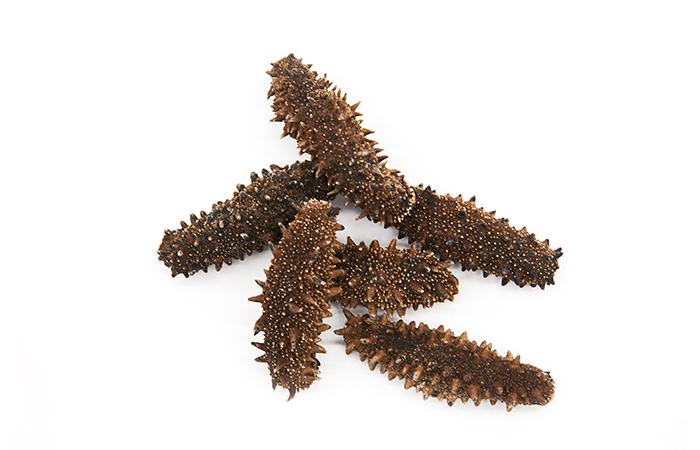
While rehydrated, ready-to-cook sea cucumbers from the wet market are easily available, chefs recommend buying the dried variety for better taste and texture. Rehydrated sea cucumbers can sometimes be soaked for too long, resulting in a too-soft, mushy texture. There are many varieties. The most premium ones are the sea cucumbers from Hokkaido that can cost up to $3,000 per kilogram.
“Japanese sea cucumbers are smaller and cook faster. They also have a crunchier texture as compared to the softer Chinese ones,” said Mr Sit Chee Chung of Teck Sang, one of Singapore’s oldest importers and wholesale distributors of dried seafood and other ingredients.
TAKE YOUR PICK: When buying dried sea cucumbers, they must be complete and whole – and dry. Pick ones that are large and plump. If you are short on time and are going for rehydrated sea cucumbers, smell them to check that they don’t have a fishy odour.
Oyster

Dried oyster, also known as “ho shi” in Cantonese, is the key ingredient for Chinese New Year dishes and is often cooked with black moss, or fatt choy. It is excellent in stews, braised dishes, soups and porridge. However, it has an intense seafood smell and should be soaked in warm water and rinsed before using to remove excess salt and grit.
TAKE YOUR PICK: Japanese dried oysters are usually brighter in colour, with the edges slightly dark. They are excellent for braising or stewing due to their intense taste and aroma. South Korean dried oysters are also known as pearl oysters. Round and not as large as Japanese ones, they are dark green and have a stronger fishy scent; perfect for soup or porridge.
SCALLOP
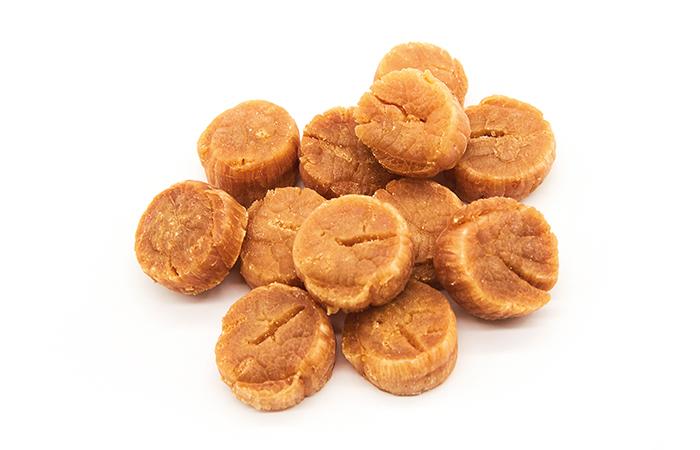
Dried scallops are like gourmet stock cubes and are commonly added to congee, soups, stews and sauces to give them a sweet, rich umami flavour. Also called conpoy, most of those sold here come from Japan or China.
“Japanese scallops are harvested from the sea and have sharper edges. The highest quality comes from Hokkaido," Mr Sit explained. Japanese scallops are usually caramel in colour and have a stronger fragrance, and one can taste the sea in them, Mr Sit added. China exports the rounder river scallops, which tend to be pale yellow, smaller and milder in flavour.
TAKE YOUR PICK: Go for smaller scallops if you’re using them in soup or for stir-frying with vegetables. Dishes like pen cai need medium-sized ones as they are more presentable and have a stronger umami flavour. An added benefit of using dried scallops is that you don’t need to add much salt as they contain salt and produce enough flavour.
Abalone
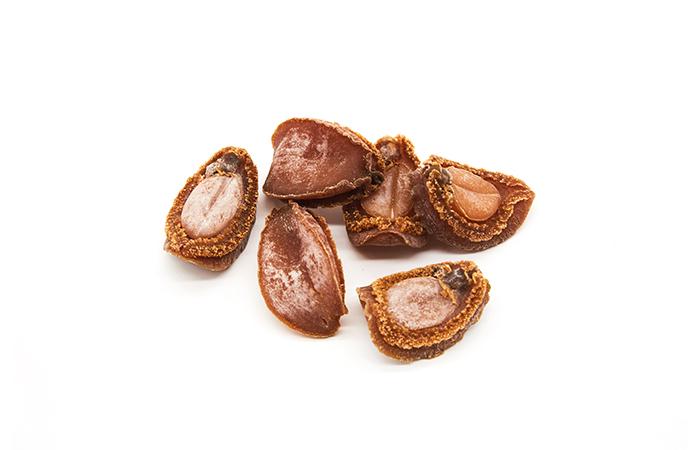
Abalones are a symbol of wealth and good fortune to the Chinese and are often considered as banquet fare. The shellfish imparts a distinct, rich seafood flavour to soups while its succulent taste and velvety texture are highly prized.
One of the most expensive ingredients used in Chinese cuisine, the dried version is more sought after than canned ones because of its intense flavour and tender texture. There are a few varieties available and the red abalone is the largest of the species and most generally available.
TAKE YOUR PICK: Middle East abalones are hard and small with a faint colour but are smooth and rich in flavour. Japanese ones are flat with a wide surface. Usually dried on a rope string, this results in a smoother and easy-to-chew texture.
Fish Maw
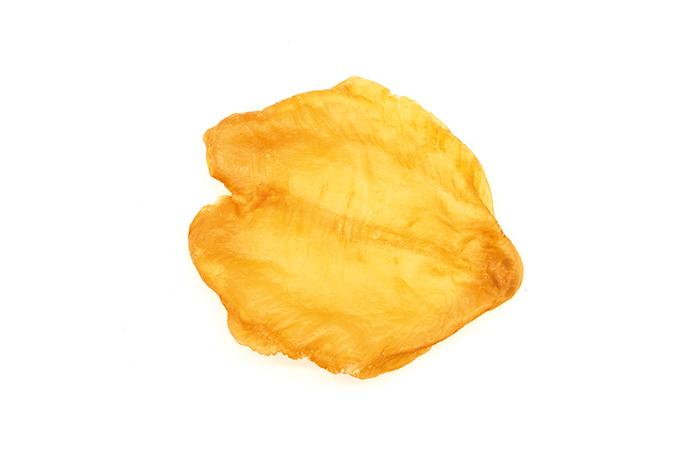
Rich in collagen, this is the swim or air bladder of fish. There are two main types: dried fish maw from larger fish such as cod that is more premium and hard with a dark golden hue, and fried fish maw from smaller fish, like yellow croaker or eel that’s usually long, cylindrical and light yellow.
TAKE YOUR PICK: Good fish maw, fried or dried, should be an even golden yellow, fairly thick for more bite and whole. Avoid those that are broken in any way as well as those with a greyish tinge, which means they have probably been displayed for too long.
Dried fish maw is good for soups, stews and braised dishes or recipes that require a longer time to cook. Its texture is soft and tender and the flesh, thick with a good springy bite. Dried fish maw from male fish is usually longer, firmer and more flavourful. In contrast, those from females are round, flat and melt quickly in stews and soups. Fried fish maw, on the other hand, has a crunchier, crispier bite and is recommended for stir-frying. As it is quickly reconstituted, it is also used as a wrap for meat stuffing.
This article was first published in The Peak (www.thepeakmagazine.com.sg)
Get The New Paper on your phone with the free TNP app. Download from the Apple App Store or Google Play Store now

